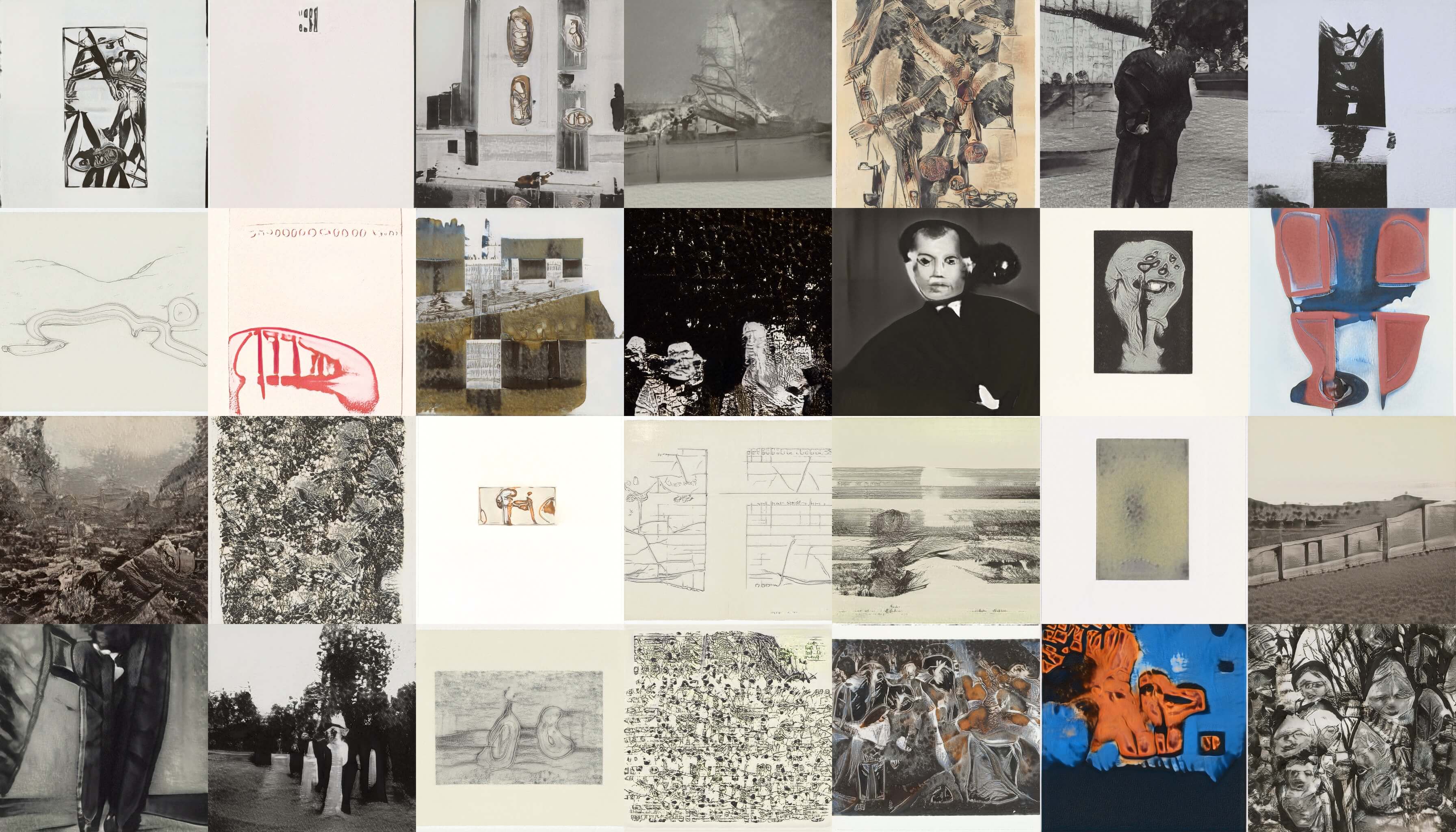The history of AI art: it goes back further than you might think ...
How artificial intelligence art has evolved from the 1960s to today. There has been an explosion of AI art in the past two years, but the history of AI art goes back long before the arrival of diffusion models like Midjourney, DALL-E 2 and Stable Diffusion in 2022. In fact, it goes all the way back to the 1960s, and humans' interest in the possibility of machines that can make art goes back even further.
Today, many artists are among the fiercest critics of AI art generators, but over the years, artists have also been at the forefront of developing new technology that can create images, sometimes in their own style. Below we look at where AI art came from, how it evolved and where it stands today.
The Early Beginnings
The existence of AI art is a relatively recent phenomenon, but man has been fascinated with the idea of machines that can make art for centuries. Even the ancient Greeks imagined such a thing. Daedalus and Hero of Alexandria are described as making machines that could write text and play music. Before the advent of computer science, the Swiss mechanician Henri Maillardet created an automaton known as the Draughtsman-Writer. Now at the Franklin Institute in Philadelphia, it can produce four drawings and three poems.

Explorations in Artificial Intelligence
One step in the direction of AI art was provided by the reactive machines of inventors like the cybernetician Gordon Pasks, whose MusiColour machine in the 1950s used sound input from a human performer to control lights. Things advanced after the academic discipline of artificial intelligence was founded in a research workshop at Dartmouth College in 1956.
Harold Cohen and AARON
Harold Cohen began developing AARON at the University of California at San Diego in the late 1960s. When first exhibited in 1972 at Los Angeles County Museum, AARON could only create simple black-and-white drawings, but Cohen continued to develop it until his death in 2016, giving it the ability to paint using brushes and dyes chosen by the program itself.

The Rise of Generative Art
By the 2000s, the availability of software and an increase in the number of artists learning to code led to a rise in interest in generative art. In 1991 and 1992, Karl Sims won the Golden Nica award at Prix Ars Electronica. In 1999, Scott Draves began Electric Sheep, an evolving infinite animation of fractal flames that learns from its audience. Meanwhile, the creation of huge public annotated repositories of images like ImageNet would provide the datasets for training algorithms to come in the following decade.
The Era of GANs
In 2014, Ian Goodfellow and colleagues at Université de Montréal created a type of deep neural network known as the generative adversarial network (GAN). This represented a major evolution in AI art, as the network could learn to create any given style by analyzing a big enough dataset. The advertising agency J Walter Thompson Amsterdam famously showcased this with The Next Rembrandt in 2016, where an AI model produced a new work in the style of Rembrandt.




















